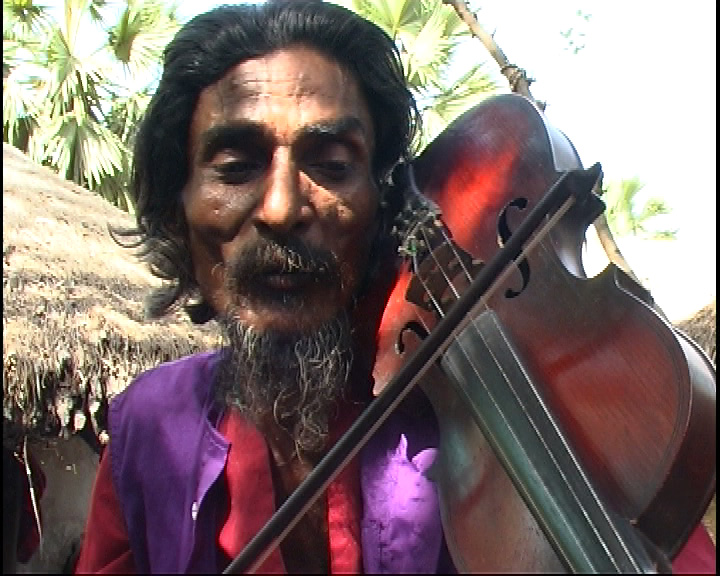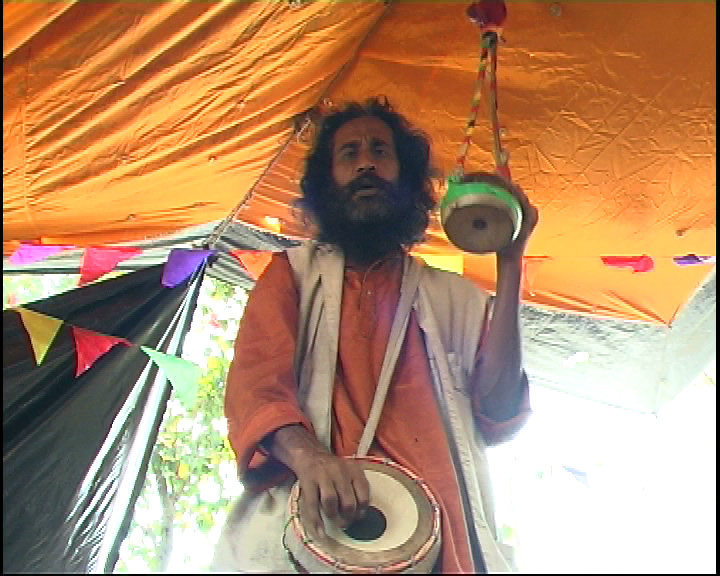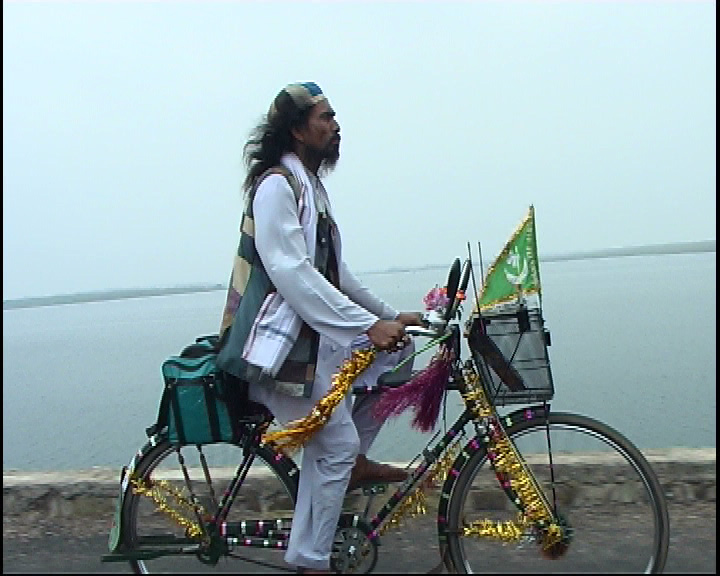Amitabh Chakraborty




Grant Period: Over six months
India and Bangladesh have a Bengali Muslim population of approximately 83 million. After the Arabs, they constitute the second largest ethnic group that practices Islam. A sizeable number of them are connected in some fashion to the cult of the fakirs. Over the last year, Mr Chakraborty has travelled almost 3,000 km. across Bengal, following the fakirs in Nadia, Birbhum and Murshidabad, and accompanying them to mazaars and melas.
The practice of Islam has had two trajectories – Bashar and Bishar – representing orthodoxy and deviance. While Bashar consecrated the textual revelations of the Koran, the Shariat (divine laws of the Koran), the Mosque and the Clergy, Bishar, the radical Sufism of the rustics, privileged the Marfat (hidden metaphysical knowledge), the Mazaar (the tomb of a saint), the Pir (guru) and the Murid (disciple). Wherever there was Islam, Bashar retained its rigid, middle-eastern identity. Bishar, on the other hand, mingled with indigenous cultures and transformed itself. In 922 AD, Mansoor Hallaj, a Sufi practitioner from Baghdad, proclaimed an al haq (I am the creative truth), and was executed. Hoards of disillusioned Sufis left Iraq and went over to Persia under the protection of Shia kings. Later, many of these Sufis migrated to the Indian subcontinent and became the principal missionaries of Islam in India.
Music is not a performing art for the fakirs; it is a way of life. As an integral part of their mythology, music enshrines and expresses the philosophy of Man and his sensory experiences as the centre of the Universe. Their songs repeatedly emphasise that knowing oneself is the only way of knowing God. This worship of Man goes beyond any recognisable organised religion like Islam or Hinduism. The Marfat (hidden knowledge) exists in the hearts and minds of the people and is expressed through songs and speech by the fakirs. What attracts Mr Chakraborty is that every fakir gives his own twist to the tale. The variations are endless, yielding to the notion that Man himself is the ultimate mythology, perfectly reflecting the Universe in all its nuances.
Dr Shaktinath Jha has been a key resource for Mr Chakraborty. Hailing from Behrampur, Murshidabad, he once headed the department of Bengali literature in a reputed college. While working on his doctoral dissertation on the baul and the fakir, he became one of them and never went back to formal academics. Recently, he set up an organisation, Baul Fakir Sangh, where the bauls and fakirs meet regularly, sing, discuss and keep the knowledge alive. He has written several books and articles on the subject. Two aspects of the lives of the fakirs are of particular interest with regard to the film. The first is the private sphere. The second aspect is social. Mr Chakraborty remarks that by placing Man above organised religion, they negotiate the hierarchy in social relations. One site to which the film returns time and again is the mela (fair). Around every seasonal cycle, or on a holy saint’s death anniversary or out of sheer habit, people come to the fairs to sing and dance, eat, drink and have a holiday.
Mr Chakraborty already has 52 hours of footage on the fakirs and has begun to do a rough edit. He would like his subjects to respond to this edit, which he feels is crucial for interrogating his own representation of the fakirs. He wants to shoot this interaction and include it in the film. The grant will enable him to film this additional material and do the post-production work on Bishar Blues. One of the chief areas that needs attention is subtitling. All the speech in the footage is in various dialects of Bengali. Funds have been allocated to pay for a translator well versed in Arabic and Persian too. Mr Chakraborty sees the final film as being 90 minutes in length.
